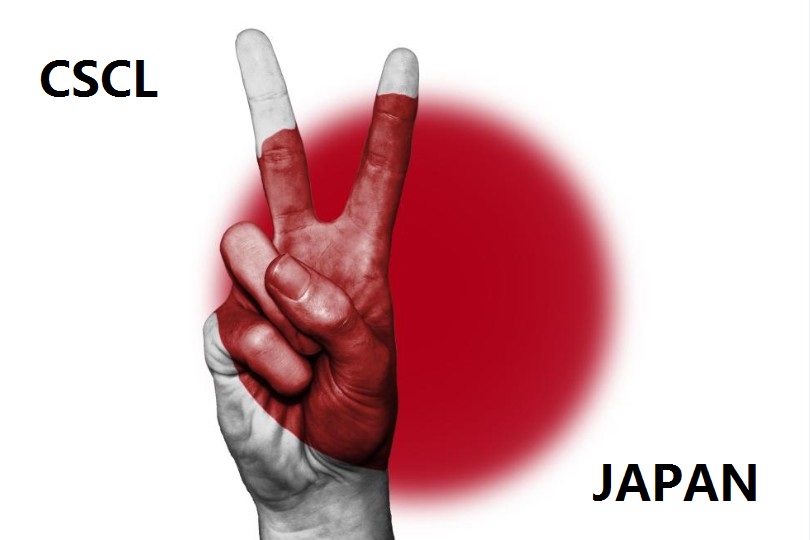Regulatory Background
The Chemical Substance Control Law (CSCL) [1] of Japan was published and implemented in 1973 as a pillar in the country’s chemical regulatory framework. It is the first chemical law in the world which introduced an assessment and authorization system for chemicals.
In 2009, the Japanese government revised the CSCL, specifying that businesses are obliged to apply for notifications when manufacturing or importing a certain quantity of existing and new chemical substances. New chemical substances are subject to different data requirements based on their tonnages and properties. See the table below for basic data requirements on different notification categories.
Category | Annual tonnage band | Data requirements (including physico-chemical, toxicological and ecotoxicological data) |
Small-quantity notification | ≤ 1 ton | None |
Low-volume notification | ≦10t | Biodegradation and bioconcentation studies, and partition coefficient test (it can be an alternative to the bioconcentation test if log POW is less than 3.5) |
Regular notification | >10t | Biodegradation test bioconcentation test, partition coefficient test (it can be an alternative to the bioconcentation test if log POW is less than 3.5), Ames test, chromosomal aberration, 28-day repeated dose toxicity test, acute fish toxicity test, acute daphnia immobilization test and algae growth inhibition test
*Substances which are readily biodegradable require the biodegradation test data only. |
Intermediates, chemicals used in closed systems, or chemicals for export only | Not limited | Prior confirmation |
Polymers of low concern | Not limited | Stability (Polymer Flow Scheme test) |
Water soluble ionic polymers | Not limited | Stability (Polymer Flow Scheme test), acute fish toxicity test, acute daphnia immobilization test and algae growth inhibition test |
Polymers containing any functional group | Not limited | Stability (Polymer Flow Scheme test), Ames test, chromosomal aberration, and 28-day repeated dose toxicity test |
As the table above indicates, for new chemical substances with an annual tonnage of less than 1 ton across the nation, no data is required in the application for notifications. This offers businesses a fast and convenient way to introduce new chemicals into Japan.
Latest Developments of Small-quantity Notification
In 2019, another major revision to the CSCL came into effect, providing new rules concerning small-quantity and low-volume exemptions under the system. The rules introduce a new concept called “environmental release volume” to replace the manufacture or import volume of a substance as a confirmation criterion with regard to small-quantity and low-volume notification. The environmental release volume is typically calculated using the formula below:
[Environmental Release Volume] = [Manufacture or Import Volume] * [Release Factor]
The release factor is decided based on the specific use and application of a substance and varies from industry to industry (ChemLinked news).
Exemption category | Volume limit before revision | Volume limit after revision |
Small-quantity notification | 1 ton/year (manufacture and import) across Japan | 1 ton/year (release to the environment) across Japan |
Low-volume notification | 10 tons/year (manufacture and import) across Japan | 10 tons/year (release to the environment) across Japan |
In this way, use of chemicals which may result in smaller environmental release volumes are eligible for higher quotas for manufacture or import. Essentially, the adjustment can put chemical-related risks under effective control while enhancing the competitiveness of the country's chemical sector at the same time.
How to Apply for Small-quantity Notification
Applications for small-quantity notification must be submitted by Japanese businesses or incorporated entities. One can apply for small-quantity notification of multiple chemical substances at one time. In recent years, this mode has gradually constituted a large share of new chemical notifications, with its annual number approaching 40,000.
In any application for small-quantity notification, the materials required include only basic information, structural formula and certification of usage (a requirement newly added in 2019) of a substance. There are three ways to submit an application, as shown in the table below.
Small-quantity notification | Application period | Received via | Notes | ||
1st time | 2nd time and after | Times | |||
Electronic | Jan. 20 - 30 | Apr.-Dec. | 10 | e-Gov | No signed documents required |
Optical disk | Jan. 20 - 30 | Jun., Sep. and Dec. | 4 | ||
Written | Jan. 20 - 30 | Jun., Sep. and Dec. | 4 | Contact | Three original copies of signed documents; the information about structural formulas of substances shall be stored in a disk |
A heightened focus has been placed on promoting the online submission of applications. This IT-enabled approach can achieve efficient information communication and reduce businesses’ burdens to a certain extent. Here is a step-by-step guide for businesses to apply for small-quantity notifications online:
1. A Japanese enterprise or incorporated entity needs to fill in an application form for online account, and send the form, stamped with its official seal, to the competent department to secure an e-Gov account for small-quantity/low-quantity notification (this step should be finished two months before the submission of application);
2. Prior communication with the competent department on substance name, structural formula and other notified information before any of the 10 application periods each year;
3. Prepare dossiers on the offer system after feedback from the competent department is received;
4. Log in on the e-Gov platform during an application period to fill in information and submit dossiers;
5. A serial number, as well as a password, will be granted for businesses to track the progress after an application is submitted successfully. Additions and corrections shall be made when required.














